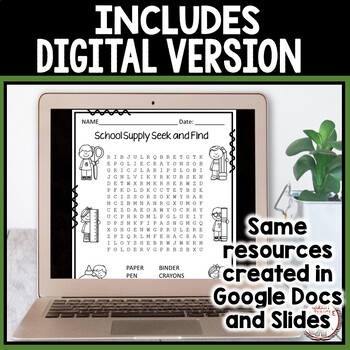


Initially, do not write letters with very similar shapes as that may confuse children at an early stage. Write several letters on the board and ask children to choose the right letter.Keep models of various letters on the table and ask children to pick up the correct letter.They can slowly build up a collection of the entire alphabet. If you can, make enough letters to give one to each child. Bring models of the letter (you can make cut-outs of the letter using cardboard) and pass it around to all children.Write it out slowly each time it is said. Write a letter on the board and have children say it out loud in a chorus.If you can give all children letter cards in order (alphabet flashcards), they can even hold up each letter as it is sung. Have a large alphabet chart and point out each letter while you sing. Sing it slowly and distinctly and sing it often. The alphabet song: Perhaps the most basic, but very useful, tool.Here are a few suggestions you may consider in teaching children to identify the letters of the alphabet. This will make learning natural, help avoid monotony, and give a sense of where the learning is going to be really used in life. In addition, you should try to reinforce learning by integrating it into day-to-day life. While kindergarten worksheets offer an enjoyable way to reinforce basic concepts, for better results and for a better experience they should be accompanied by other physical activities. Of course, the flip side is that you need to have a printer and supply of paper! Are Worksheets Enough? Spend sufficient time and continually reinforce the learning in day-to-day situations. Do not have them write until they are fully comfortable with holding a pencil. Their fine motor skills are just developing. Give positive feedback and encourage a child.Do activities to reinforce everything that they're learning. However, they can also forget them equally fast. Remember, a child is learning many new things at once and has an amazing capacity to learn many new things fast.Try to supplement each worksheet with a practical, real-life activity.The use of cartoon characters and familiar situations and objects will make it far more interesting. It's good if the worksheets are well-illustrated.Keep in mind that different children have varying levels of comprehension and pace of learning. It is important that the child doesn't get frustrated. If a child finds any activity too tough, give them an easier one.Give an easy one for each concept immediately after you teach it. Use worksheets that are appropriate for a child's level.


 0 kommentar(er)
0 kommentar(er)
